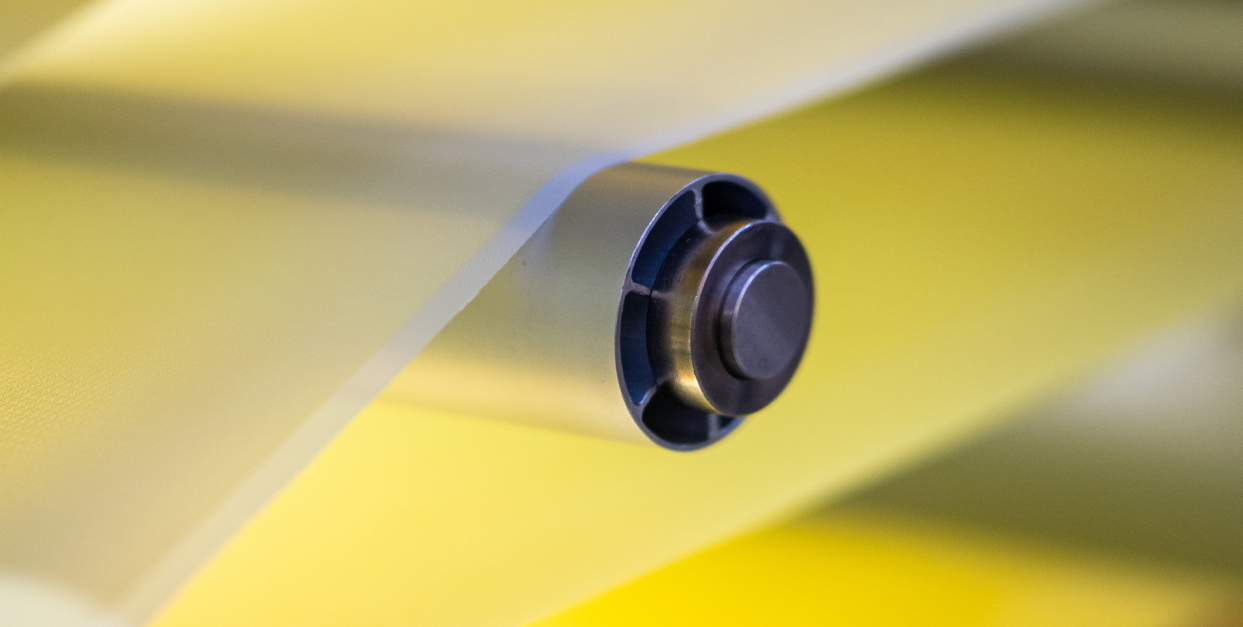
OUR
PARTNERS
We work with many different and reputable partners all over the world, each with individual visions and needs. We are able to assist our partners with our know-how in exciting projects and in future new developments.
Thanks to long-standing partnerships and the trust they have shown in us, our partners have become important pillars of our company; without them we would not have come thus far. We are proud that we have set out on a shared journey with them in order to open up new possibilities. Our partnerships are an essential part of our corporate strategy and we are confident that they will make us even stronger in future.
Distributors & partners
ITALIEN
SYN&TEK s.r.l
VIA XV Giugno 3
21052 Busto Arsizio, Italien
SPANIEN
PINEO INDUSTRIAL S.A.
Pol.Ind. Las Matillas nave 14
28802 Alcala de Henares, Spanien
GLUETEX GMBH
Werk 2
Fabrikstrasse 8
79771 Erzingen-Klettgau Deutschland
INNOVATION HUB BY JENTSCHMANN & GLUETEX
Fabrikstraße 6
79771 Erzingen-Klettgau Deutschland

